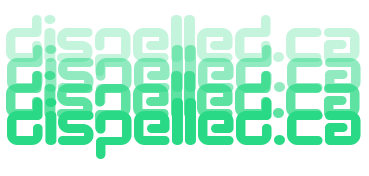Bebop Scale
The bebop scale is an eight-note scale that is commonly used in jazz improvisation. It is derived from the major scale with an added chromatic passing tone, giving it a smooth, flowing sound that fits well with the harmonic structure of bebop music.
Structure of the Bebop Scale
The bebop scale follows the pattern of whole steps (W), half steps (H), and chromatic passing tones (P):
W - W - H - W - H - P - H - W
Example: C Bebop Scale
The C bebop scale consists of the following notes:
C - D - E - F - G - A - B♭ - B - C
Sound and Character
The bebop scale has a smooth, flowing sound due to the added chromatic passing tone. It is often used in jazz improvisation to create lines that fit well with the harmonic structure of bebop music.
Applications of the Bebop Scale
The bebop scale is used in various musical contexts, including:
- Melody: Creating smooth and flowing melodies.
- Harmony: Adding chromatic passing tones to chord progressions.
- Improvisation: Soloing with a smooth, bebop sound.
Chords Derived from the Bebop Scale
The bebop scale can be used to derive the following chords:
- Major chords (e.g., C)
- Dominant seventh chords (e.g., G7)
- Minor chords (e.g., Am)
Songs That Use the Bebop Scale
Here are some songs that use the bebop scale:
- "Donna Lee" by Charlie Parker
- "Anthropology" by Charlie Parker
- "Ornithology" by Charlie Parker
- "Confirmation" by Charlie Parker
- "Scrapple from the Apple" by Charlie Parker
- "Groovin' High" by Dizzy Gillespie
Practice Exercises
Here are some practice exercises to help you get familiar with the bebop scale:
- Play the C bebop scale on your instrument, ascending and descending.
- Write out the notes of the bebop scale in different keys and play them on your instrument.
- Practice improvising using the bebop scale to create smooth and flowing lines.
- Compose a short melody using the bebop scale and play it on your instrument.
- Analyze a piece of music that uses the bebop scale and identify the scale's role in the composition.
- Practice playing the chords derived from the bebop scale in different keys.
- Improvise a solo using the bebop scale over a backing track in a jazz style.
- Transcribe a solo or melody that uses the bebop scale and play it on your instrument.
- Create a chord progression using chords derived from the bebop scale and play it on your instrument.
- Experiment with combining the bebop scale with other scales in your improvisation.
Check out some Bands on Bandcamp.com. Seven Times Refined by Altogether Steve and the Mercenaries, Crazy Fingers (Vancouver 1991), Flying Butt Pliers, and Hammy Ham Hands.
Proudly powered by a Text Editor, an IDE, an SFTP client, some Internet searches, and more recently help from some AI.
2025 dispelled.ca end of file.
